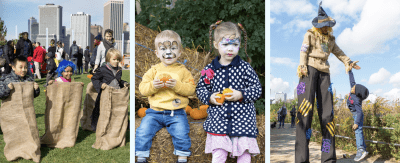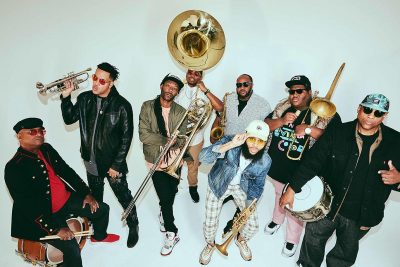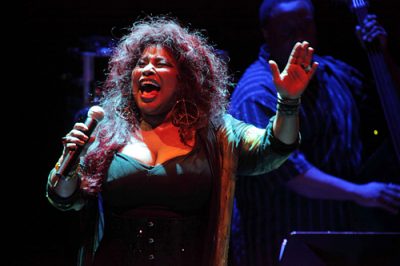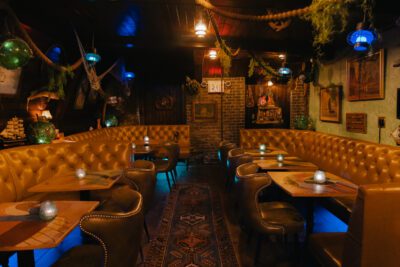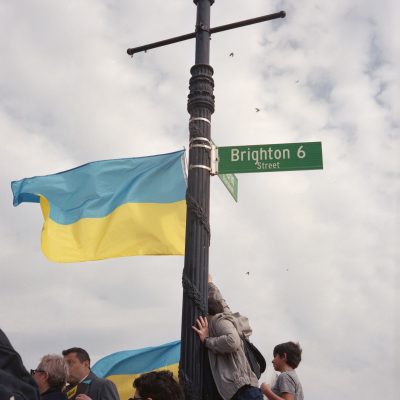Hugo McCloud: An Interview
PHOTOGRAPHY Zach Gross
From the beginning, Hugo McCloud’s approach to painting has been a non-traditional one. His background in industrial design has equipped him with a lens very few artists have when approaching a canvas, or, sometimes in McCloud’s case, roofing paper. His work is no fad, no trend. McCloud’s Metal Paintings brings to thought the raw blends and stripped tracks from Kanye West’s Yeezus and thorough investigations of materials used in Lebbeus Woods’ Solo House. Metal Paintings welds together cultures as well as it does metal, and with construction-based tools and materials, McCloud is redefining painting and its methods—redefining conventional art.
His work asks us to explore not only paintings as a whole but also the individual contents of a painting. I was fortunate enough to experience McCloud’s work in-person for the first time on the opening night of Metal Paintings at Sean Kelly BK. This, another original, prolific addition to his full body of work doesn’t reason with us but challenges us to suspend our understanding of the familiar.
What advantages does an industrial design, non-traditional art/painting background give you when you’re approaching a project?
As a designer /fabricator that deals with various materials you tend to have a lot more to pull from. When you understand materials and tools you can then manipulate these things from the original purpose.
Talk a little about the Hugo that came into the art scene and the Hugo we’re currently seeing. What’s the most important thing you’ve learned while on this path you’re paving?
Well, I came into the art scene without any real knowledge of this world outside of the original stories that I wanted to tell. And now being in it for awhile I see that the most important thing I hold onto and can tell another is to stay 100% true to who you are because art at the end of the day is about freedom of expression.
Can you speak to times you’ve found influences from other mediums of art?
I have always pulled from not just all forms of art, but all aspects of life. Music, fashion, film and the industrial industry are all influences in my practice. I constantly pull ideas and different forms of energy from these things, take different parts and abstract them into my work. I feel that as a creative you can understand another’s work from a different perspective then someone who does not create. And because of this you can take away something different from it and use it as a type of fuel for your own practice. When someone creates something powerful or amazing it usually starts a fire under me, challenging me to push my ideas.
Is the relationship between you and the materials you use more about taming them–mastering control of them or allowing them to lead you into unknown territories–exploring new possibilities?
I think my goal with materials is to understand the possibilities. Not the already understood possibilities, but rather the ones yet discovered.
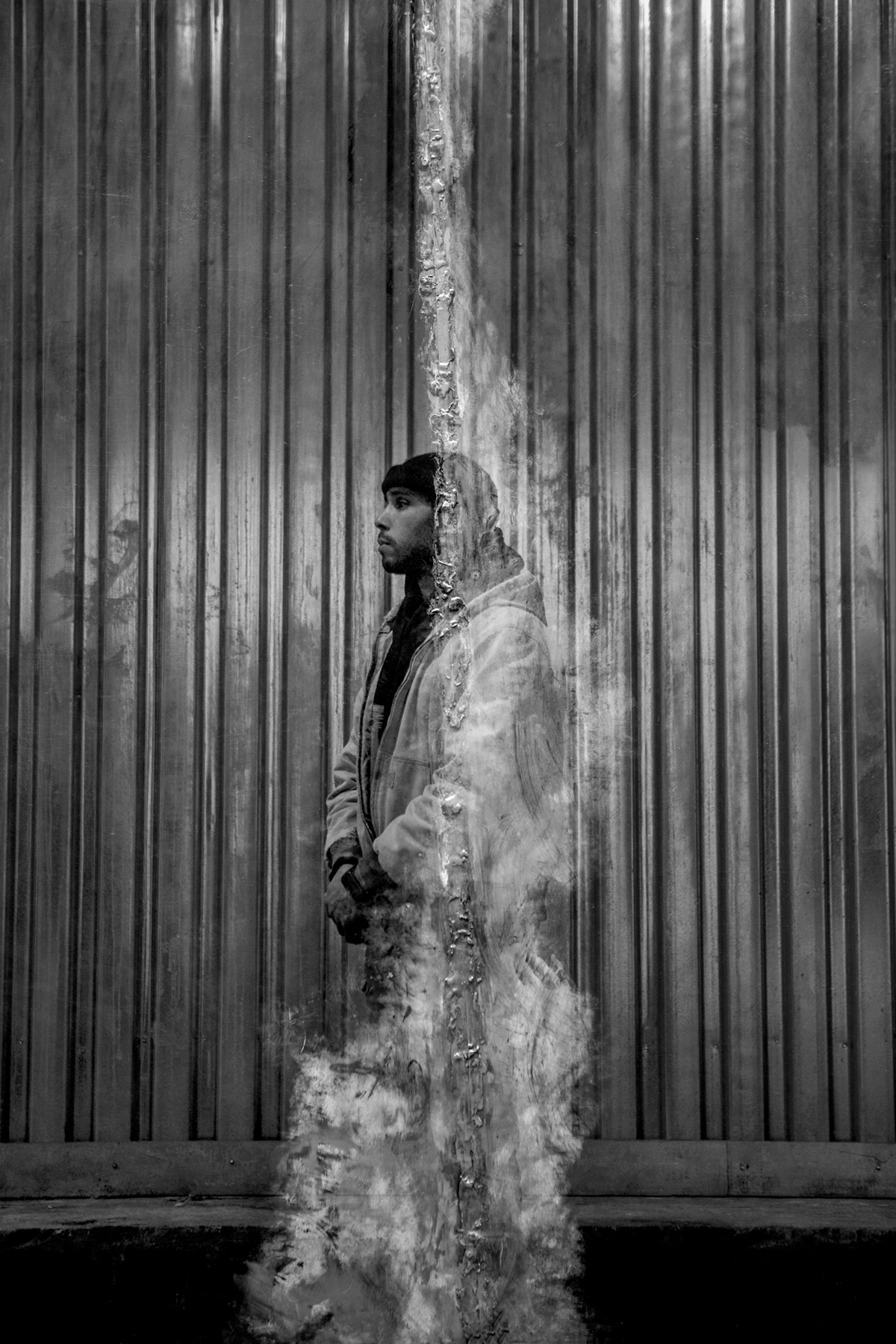
A common theme in your work is the relationship between imperfection and perfection. Why is this relationship important?
It is important because the concept of perfection is actually unreachable. Perfection is what one chooses in that moment to be perfect in their eyes. So if you understand that then anything can actually be perfect. Striving for perfection can drive someone crazy. Rather I strive for balance and learning to except things as they desire to be.
When do you know that a piece is complete?
People always ask this- and it is a hard one. Simple it’s just a feeling. Creating works are just a series of intimate relationships. You just know when it is finished.
Walk me through the process you use when selecting tools for a project.
Different tools are designed for different materials- I use these designed tools and others for the manipulation of my works. There is always a form of traditional work in my practice.
I’ve read that you enjoy traveling. How does the role of traveling contribute to your creative process?
Traveling to me is the biggest form of education and inspiration. I simply like to see how things are done in different cultures. At the end many things are the same, but to people have designed different ways to get there.
When did you know that it was time to step away from industrial design and into painting?
I knew it was time when projects grew to the point that I was no longer in the shop working but rather managing a crew of workers developing my ideas. I desire to “make” not manage.
In its totality, what do you hope your work says about Hugo McCloud?
Well that is still in development. So at this point I hope that my work speaks “freedom” freedom to explore ideas that either work or don’t work. Art is supposed to give us this freedom but many times the artist still feels stuck. At the end you have to remember that it doesn’t really matter.
Looking back at the work you’ve done thus far, when was the first time you realized your work meant something to someone other than yourself?
I’ve been a creator my whole life- and I come from a family of creators, designers, artist, architects etc. so whether it was creating something that inspired a family member or created a discussion with someone that lead to them exploring there own creative path, I have always known that creativity has always been my purpose.
Hugo McCloud will be in conversation with Sean Kelly gallery Director, Jeffrey Grove. The two will discuss McCloud’s methods and vision for his new exhibition, Metal Paintings.
Saturday, March 24th at 2:00PM
SEAN KELLY BK
420b Troutman Street
Brooklyn, NY 11237
The event is informal, free, and open to the public.
RSVP encouraged at info@skny.com
You might also like 

















